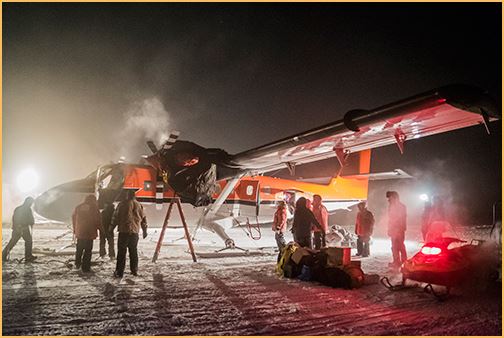
Background:
- On June 14th a Twin Otter airplane and another plane left Calgary, Canada for a 5-day journey to the South Pole. The Otter is the primary rescue aircraft. The other plane has been sent to perform search and rescue if the Otter crashes.
- The two planes are headed to the Amundsen-Scott Research Station at the South Pole to evacuate an 2 unnamed workers, contracted by Lockheed Martin, wit undisclosed medical conditions.
- The medical condition of the worker must be important since there have been only two extractions from the South Pole since 1957.
- The sun set at the South Pole on March 20th this year and it won’t be back at all until August.
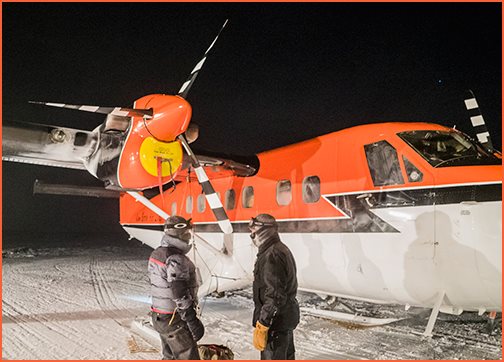
UPDATES:
“Update: South Pole Medical evacuation flight, June 22
The Twin Otter aircraft flying an Antarctic medical evacuation mission has arrived at the British Antarctic Survey’s Rothera Station.
The plane, carrying two patients, arrived at Rothera at approximately 1:15 p.m. Eastern Daylight Time (EDT) this afternoon. The plane left the National Science Foundation (NSF) Amundsen-Scott South Pole Station in the early morning hours of June 22 EDT.
The aircraft arrived yesterday afternoon at the station, at which point the crew began a 10-hour rest period. Following crew rest, the team checked the weather at both the pole and Rothera and decided conditions warranted flying immediately north.
NSF determined that, to mitigate risks, the team would use the opportunity to evacuate a second patient. Both patients are seasonal employees through Lockheed Martin Antarctic Support Contract, the prime contract for operations and research support to NSF for the U.S. Antarctic Program.
Both patients now will be flown to a medical facility that provides a level of care not available at the South Pole. NSF is not discussing any details of the patients’ medical conditions or providing any personal details.
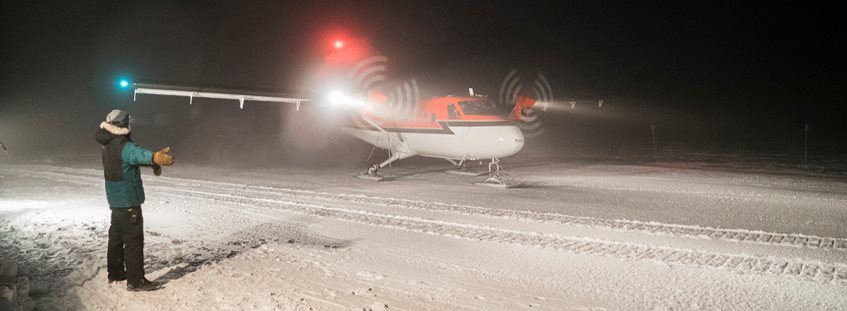
“Update: South Pole Medical evacuation flight, June 22
The Twin Otter aircraft flying an Antarctic medical-evacuation mission has left the National Science Foundation’s Amundsen-Scott South Pole Station en route to the British Antarctic Survey’s Rothera Station.” – National Science Foundation
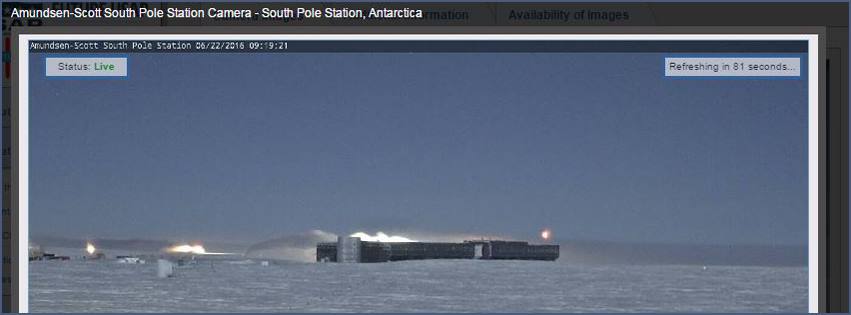
“Update: South Pole Medical evacuation flight, June 21
An Antarctic medical-evacuation flight has arrived at the National Science Foundation’s Amundsen-Scott South Pole Station.
The plane will now remain at the Pole for roughly 10 hours to allow the aircrew to rest. The crew will then assess weather conditions at both Pole and the British Antarctic Survey’s Rothera Station before flying back to Rothera.
The plane left Rothera early this morning for the flight to the Pole.
The bright light in the Webcam image, behind the building, is from the aircraft operations. Although the South Pole is currently in the midst of the months-long Antarctic night, the camera used there is very light-sensitive and provides a clear image even in the darkness. The moon also provides additional light.” – National Science Foundation
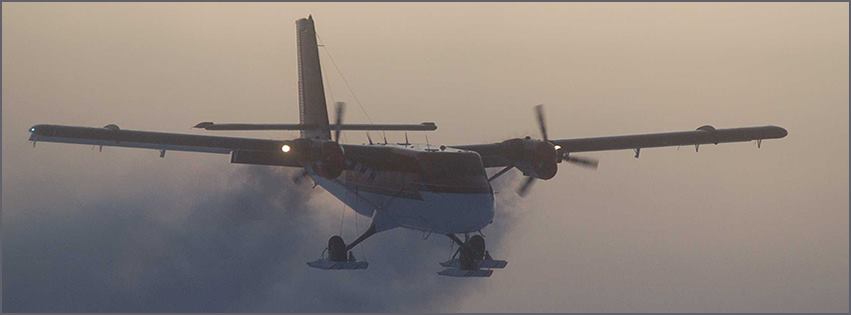
“Update: South Pole Medical evacuation flight, June 21
A medical-evacuation flight to the South Pole left the British Antarctic Survey’s Rothera Station early this morning (local time) and is on the way to the National Science Foundation’s Amundsen-Scott South Pole Station.
The Kenn Borek Air Twin Otter is expected to arrive at the station at approximately 5PM Eastern Standard Time. The aircrew took advantage of a favorable weather window to leave at approximately 8AM on June 21. – National Science Foundation
One thought on “Update: Extremely Rare South Pole Rescue Mission Just Left South Pole Station”